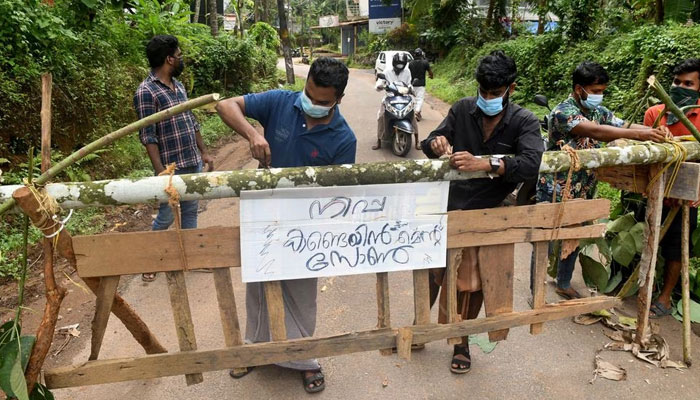
Two people died from the Nipah virus, an uncommon and frequently fatal disease that hit Kerala, southern India, prompting action to control the epidemic, closing schools and conducting hundreds of tests to stop its spread.
According to Kerala’s Chief Minister Pinarayi Vijayan, the virus has been detected in the Kozhikode district of Kerala, urging residents to exercise caution and follow the health department’s safety guidelines.
Two people have died from the virus, he said in a statement Wednesday, the state’s fourth outbreak since 2018. “We should not be afraid, but face this situation with caution,” Vijayan wrote on social media.
Let’s dive into further details about this rare yet deadly disease.
Where does Nipah virus originate from?
The World Health Organisation (WHO) describes Nipah as a zoonotic virus that spreads from animals to people. However, it can also spread directly between individuals or through tainted food.
The Nipah virus was first discovered in 1998 when pig farmers in Malaysia and Singapore began to become ill. Through direct contact with the body fluids of infected bats and pigs, the virus can infect humans.
Previously, there have been some reported cases of transmission among humans.
According to CNN, Nipah is thought to have been present in flying foxes for a very long time, and scientists worry that bats will eventually produce a modified strain that is very contagious.
What are its symptoms and treatment?
There are no vaccines for the virus, which has a 70% mortality rate but the usual treatment is supportive care.
The US Centres for Sickness Control and Prevention (CDC) states that symptoms of the deadly virus include fever, respiratory distress, headaches, vomiting, encephalitis (an inflammation of the brain), and seizures, which can lead to coma in severe cases.
The virus is on the WHO’s research and development list of pathogens with epidemic potential, according to CNN.
Kerala’s health minister, Veena George, said on Wednesday that over 700 people have been identified as close contacts and are being tested for the virus, with 77 being considered “high risk”.
The group is advised to stay home and monitor their health.
Meanwhile, seven villages have been declared “containment zones,” Reuters reported.
Has its spread been reported before India?
Previously, more than 100 persons were killed and close to 300 were infected during the 1998 outbreak in Malaysia and Singapore.
Since then, the virus has travelled thousands of miles, claiming the lives of between 72% and 86% of people who contracted it.
According to WHO data, around 600 human illnesses with the Nipah virus were reported between 1998 and 2015. Furthermore, in 2001, out of the 91 affected, 62 died in an outbreak in India and two more in Bangladesh.
Kerala experienced a deadly Nipah virus outbreak in 2018, killing 17 people and causing panic. Over 230 people were tested, including a nurse treating patients.
The following year, over 300 people were put under surveillance after a man was diagnosed with the virus. In 2021, a 12-year-old boy died in another outbreak. Authorities aimed to contain the spread of the virus.

